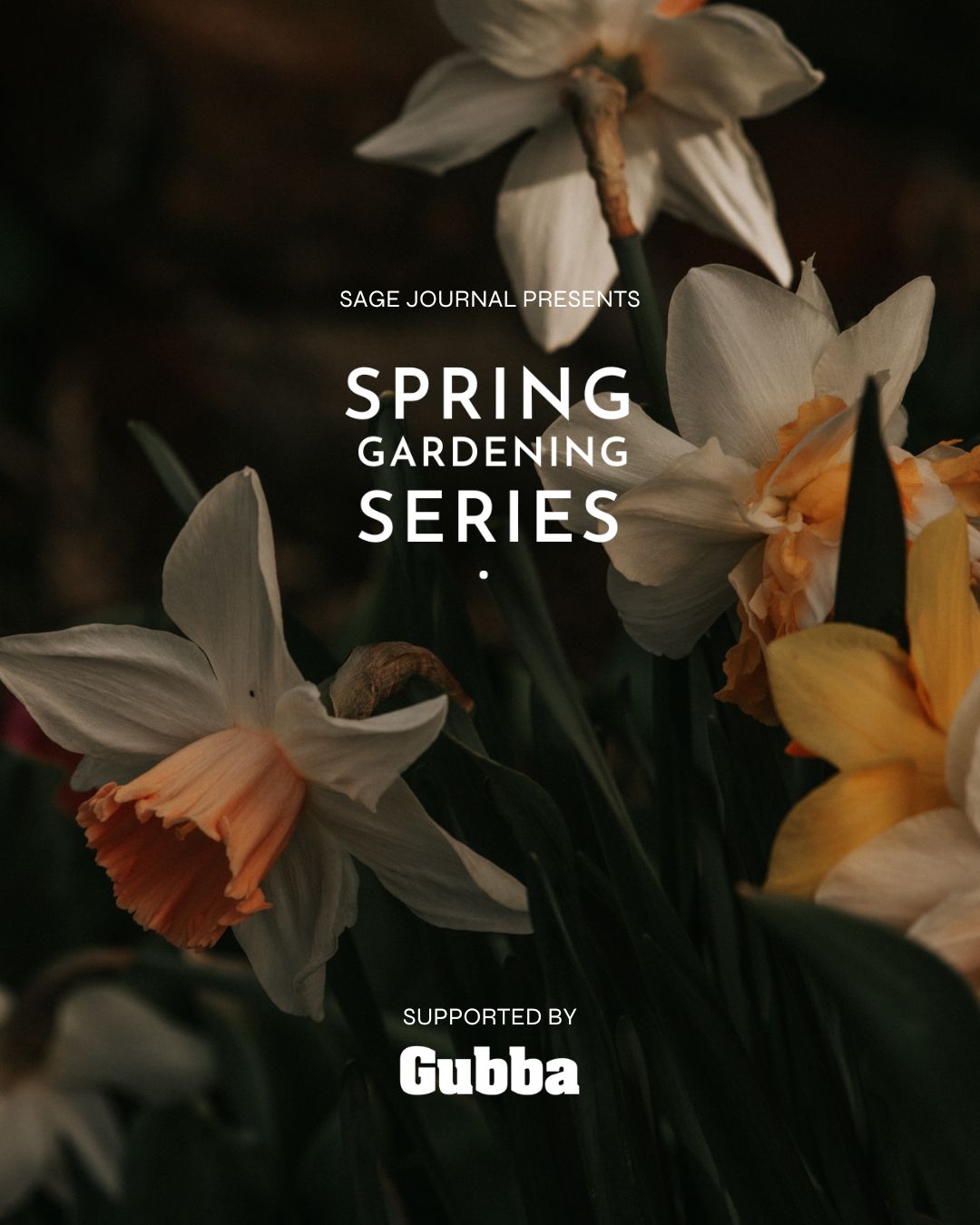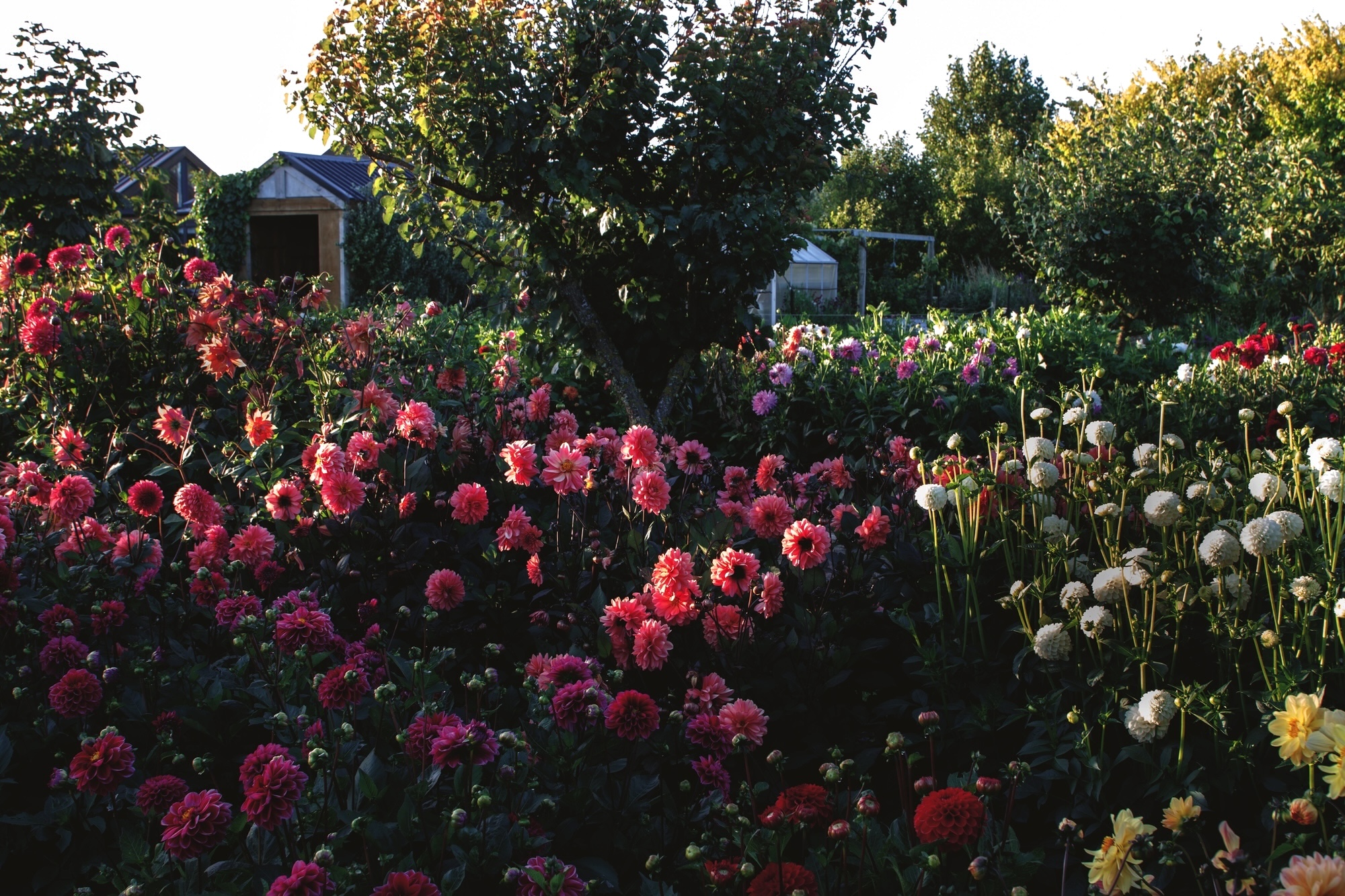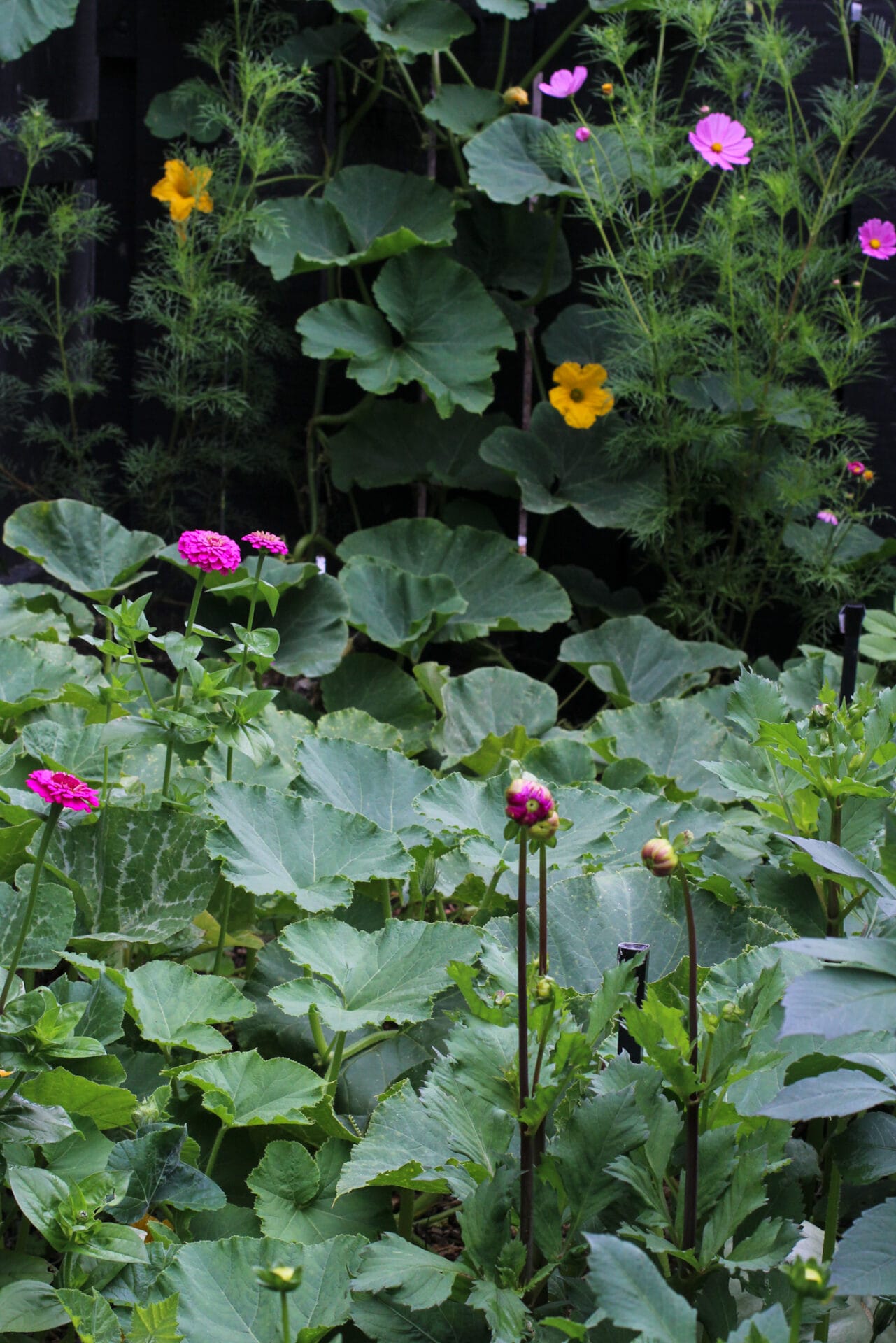Your cart is currently empty!
How to feed your soil & plants in spring
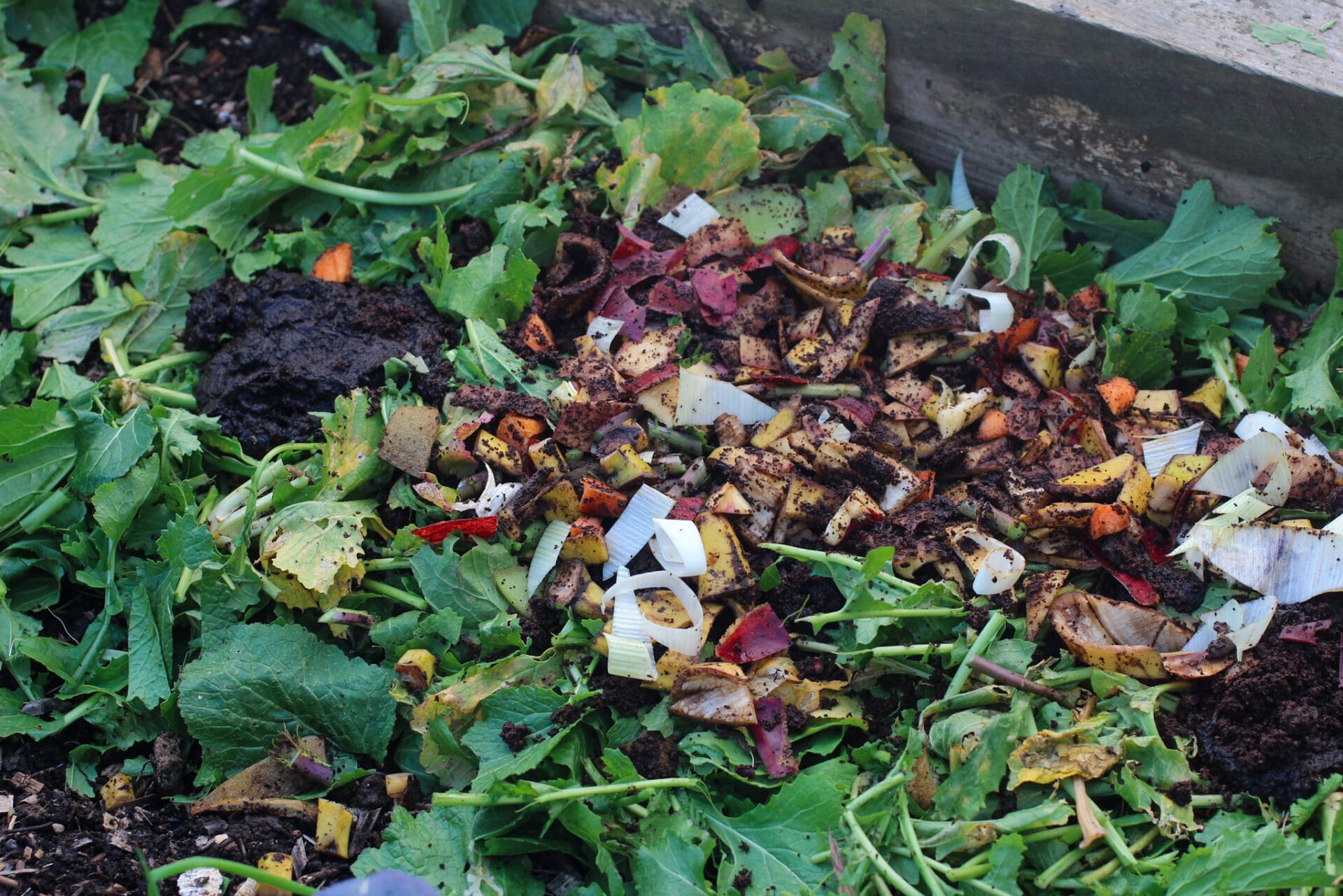
How to feed your soil & plants in spring
A spring guide to feeding your soil and plants.
Written by Elly Keen (@daydream.green)
The 2025 Spring Gardening Series is supported by Gubba Garden Store.
Feeding the soil with amendments
Every year your garden soil will lose about 20% of its organic matter, so adding amendments into the soil annually is a good idea. It helps keep soil healthy because it creates aggregates and improves the structure allowing air and oxygen to move freely through.
Organic matter can be added to the garden by working these nutrient rich materials in:
If you are planting vegetables into a raised bed, you may notice that the levels have dropped. This is your signal to top the beds up with a store-bought vegetable mix (includes high-quality topsoil, compost and controlled release fertilisers).
Finishing the soil with a mulch is a must, to prevent weeds and retain moisture. Pea straw, leaves or decomposed wood chips all make beneficial mulches that add nutrients and microbiology to the soil as they continue to breakdown over time.

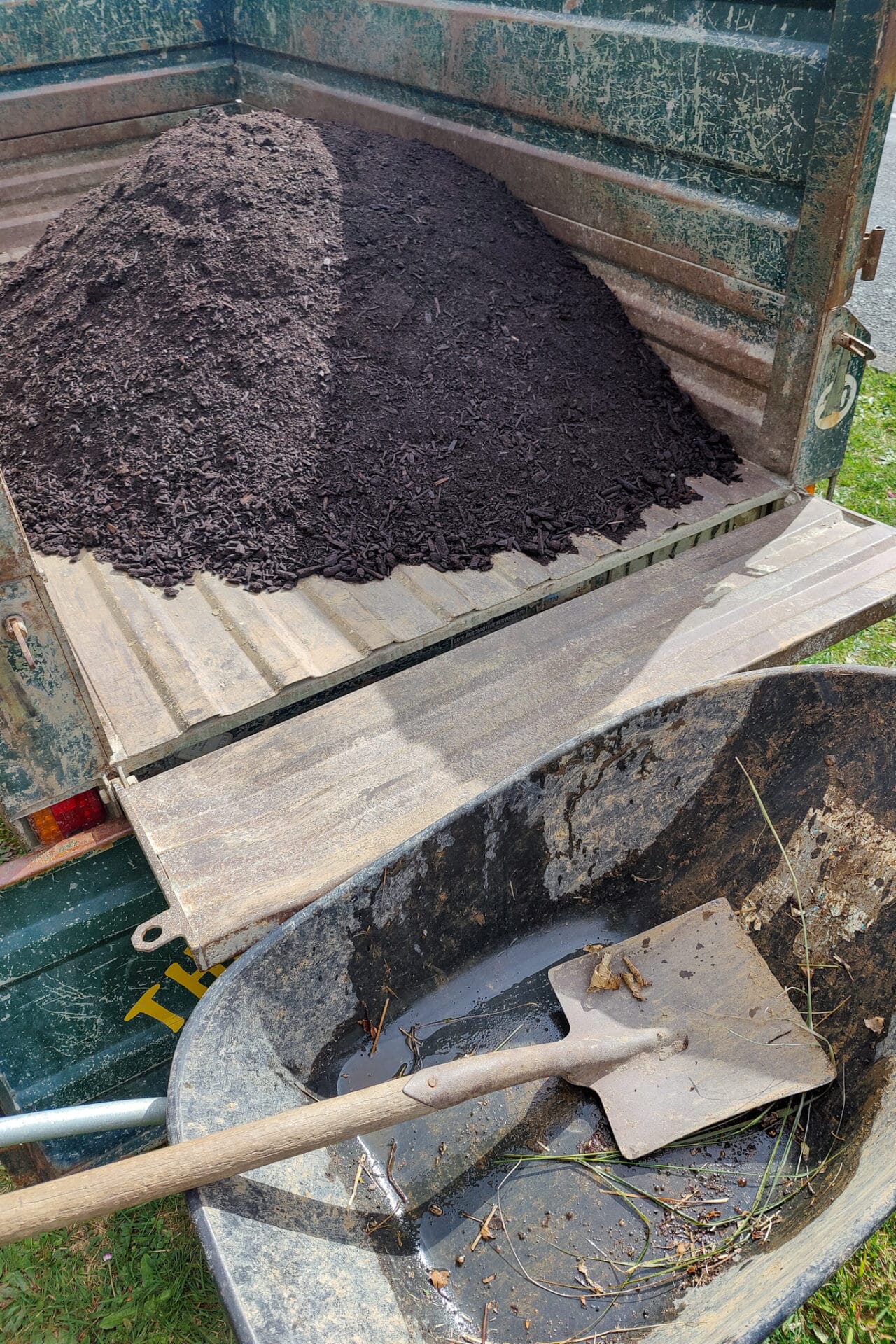


Feeding plants with liquid fertilisers
Organic matter feeds the soil, while liquid fertilisers feed the plants.
When you use a liquid fertiliser, it’s like a shot for the plant to encourage it to grow bigger and stronger. During active growth, you can use liquid fertilisers every couple of weeks in the garden.
Liquid fertilisers can be both organic (made from animal or plant material) or inorganic (made from a chemical mixture of minerals). Inorganic fertilisers can be inexpensive and contain a large amount of nutrients that are easily accessed by the plant. The downside is that misuse can lead to plant toxicity or leaching, which is bad for the environment.
There are a range of organic liquid fertilisers that can be used instead which are beneficial to both plant and soil health. You can either purchase concentrated bottles and dilute before adding to the garden or make your own at home.
Store bought:
- Seaweed
- Fish emulsion
- Blood and bone
- Humates
Some good organic products available to buy are: Microbe Pro from SeaCliff Organics and a range of products from EMNZ. Solo sprayers are a great way to apply liquid fertilisers. (All available through Gubba Garden Store).
Homemade:
- Vermicast tea (“worm tea”)
- Bokashi tea
- Comfrey tea
- Eggshell (calcium) extraction
Homemade fertilisers are usually easy to make and are very inexpensive. Vermicast (aka worm poo) is a product of worm farms which can be soaked in water and applied straight to the garden. Bokashi composting has a similar system where the liquid run off can be used as a powerful plant tonic, jam packed with beneficial microbes when diluted.
Comfrey tea is an example of liquid fertiliser you can make from a plant, commonly considered a weed. The comfrey plant’s long taproot pulls up nutrients from deep in the soil and stores those nutrients in its leaves.
To make comfrey tea: You can create a free fertiliser by chopping up the leaves of a comfrey plant and soaking them in water for 2-3 months before diluting the mix at a ratio of 1:10.
Beware: The brew is stinky! But it is also very rich with potassium, making it exceptional for fruiting vegetables such as tomatoes as well as your ornamental flowers.




